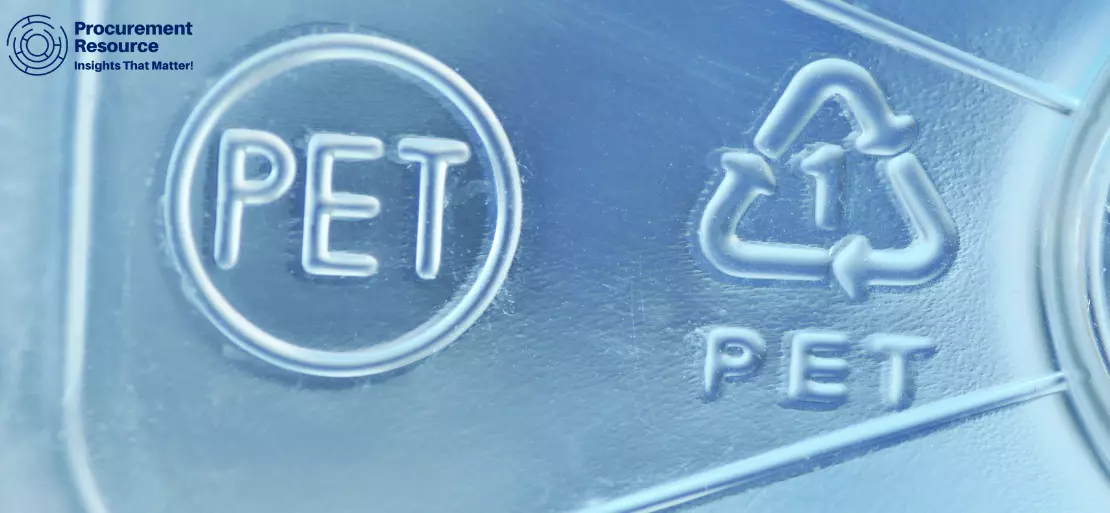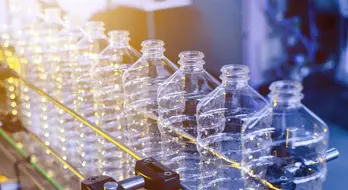Polyethylene Terephthalate (PET) Industry Outlook Amidst COVID-19

The polyethylene terephthalate industry accounted for a significant proportion of the overall petrochemical industry and is projected to observe steady growth during the COVID-19 pandemic. With scenarios like newly generated applications or changing taxes, both upstream and downstream demands have increased. However, the COVID-19 pandemic has caused many disruptions in production lines and more.
Current Market Status
The PET suppliers and manufacturers have shown reasons to believe in upcoming opportunities to grow despite the challenging economy and growing environmental concerns. Within the Asia Pacific region, India, China, Japan, and Indonesia are the largest markets for polyethylene terephthalate. The COVID-19 outbreak has, however, disturbed the trade and numerous economic activities during the first quarter of 2020.
The National Bureau of Statistics of China states that China’s industrial output dropped by 14% in the first couple of months as compared to the previous year. The chemical production in China has also slumped by 21% than last year. However, with the government lifting restrictions in countries like China and India, things are coming back on track with cautiously relaxing measures.
Europe is also a significant market for polyethylene terephthalate. The region includes Germany, Russia, the United Kingdom, and Italy as its major consumers. However, the lockdown procedures and constantly rising cases disrupted the supply chains of PET. Europe’s PET market is expected to gain benefits from changing consumer behaviour, such as increasing the downstream demand for products like bottled water and packaged food.
Impact of COVID-19
The outbreak of the COVID-19 pandemic around the world has jolted the operations across the value chain of the polymer industry. Further, the COVID-19 pandemic had caused a severe impact on the petrochemical industry, changing the downstream demand, hindering the global supply, and reducing long-term investments. Furthermore, the demand and supply for crude oil plunged, leading towards the instability in crude oil prices. This has resulted in severe impacts on the prices of virgin plastics, which pose as a stiff competition to the polyethylene terephthalate.
Since governments across the world are focusing on a circular economy, the demand for recycled PET has also increased significantly. The demand for recycled PET is expected to decrease for the non-food grade applications but increase for packaged food and water applications amidst the COVID-19 pandemic.
Changing dynamics in paraxylene (PX) and monoethylene glycol (MEG) are impacting the downstream demand for polyethylene terephthalate (PET). Meanwhile, countries like Germany have lost 20% with its new-car registrations and 35% on domestic auto production, which have decreased the demand for polyethylene terephthalate in the global automotive market.
Future Aspects of the Global PET Market
The COVID-19 pandemic has pushed governments across the globe to shift from a linear to a circular economy. Thus, the demand for recycled PET has increased during the COVID-19 pandemic period. Europe’s new plastic packaging taxes are likely to facilitate the polyethylene terephthalate industry growth over other polymers, like polypropylene, for some food and drink applications due to a greater ease in sourcing another secondary material. This might result in an increased demand for PET. Thereby aiding the market growth.
Similar plastic taxes are being introduced by countries, such as Italy and the United Kingdom, among others, that focus on recycled content. These new taxes are likely to drive many plastic consumers in the packaging sector towards PET due to the present mature market for non-virgin PET.
Meanwhile, a peace agreement between the state of Israel and the United Arab Emirates could open up new business opportunities for polymers trade in the Middle East.
Meanwhile, South Africa’s GDP contracted by 51% in the second quarter of the year as compared to the first quarter. It was caused by the lockdown enforced by the governments to contain the spread of the coronavirus pandemic. The key petrochemical sectors, like construction and manufacturing, fell over 70%.
The prices of polyester yarn have increased in the north-east regions of Asia on the back of greater feedstock cost and better offtake amid seasonally strong demand. In India, ‘rules of origin’ norms will be issued in late September, which will help to reduce the dumping of goods and stops the import of low-quality products. This step is also focused on building a circular economy, which will further facilitate the demand for recycled polymers, further supporting the growth of the PET industry.
Related Links:-
https://www.procurementresource.com/production-cost-report-store/polyethylene-terephthalate-pet
https://www.procurementresource.com/resource-center/polyethylene-terephthalate-pet-price-trends



